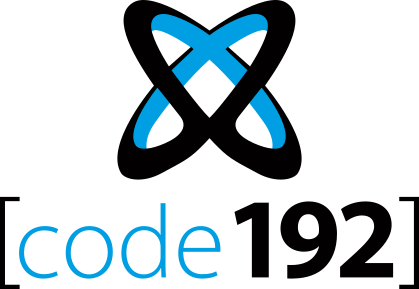Roles allow to easily manage Users and their permissions :
- you can assign multiple Roles to a User
- adding/removing Permissions is just adding/removing the Role to the User
Note : Additionally, Roles can be used as mailing lists for Schedules.
To manage Roles, go to the Administration > Roles page :
Assigning Roles
To assign Roles to Users, you must edit the Users, see the corresponding chapter.
Some roles are assigned by default thanks to the Default property (see below).
Default Roles
Some Roles exist by default in Alpana Server.
They cannot be deleted.
Host default Roles
When installing Alpana Server, some default Roles exist on the Host :
Admin
The Admin Role is added by default to new users of the Host.
By default, it gives full permissions.
Tenants default Roles
When creating a Tenant, some default Roles are created on the Tenant :
Admin
Users with the Admin Role have read/write access to all objects by default (Dashboards, Data Sources, Widgets).
These permissions can then be overridden at the object level.
User
The User Role is added by default to new users of the Host.
Users with the User Role have read access to all objects by default (Dashboards, Data Sources, Widgets).
These permissions can then be overridden at the object level.
Guest
Users with the Guest Role have no access to any objects by default (Dashboards, Data Sources, Widgets).
These permissions can then be overridden at the object level.
Example : If UserX is Guest and you add permission “Dashboard Viewer” to this UserX, then they will be able to view every dashboard where you explicitly add permission “Read” for this UserX, and no other Dashboard.
Reserved Connection
Users with the Reserved Connection Role are guaranteed that they can login, because no other concurrent user can take their token for logging in.
This means that they automatically and permanently count as users inside the Maximum concurrent access count license property of the Tenant.
Creating a Role
To create a new Role, click Create new role :
Then fill-in the Role form (see below Edit Role).
Viewing Roles
Role attributes
Some Role attributes are displayed as a tag in the list :
- Static : this Role exists by default and cannot be deleted (see above)
- Default : this Role is assigned to new Users by default
Filtering the list
You can filter Roles by which permissions are active :
Click Select permissions in the top bar :
Then select the required Permissions and click Select :
Editing a Role
To Edit a Role, click the Actions > Edit button :
Role name
Use a descriptive role name.
Default
Check this option if you want to Role to be assigned to all new Users by default :
Permissions
Check the desired permissions, as described in the corresponding chapter.
Deleting a role
To delete a Role, click Action > Delete :











Post your comment on this topic.